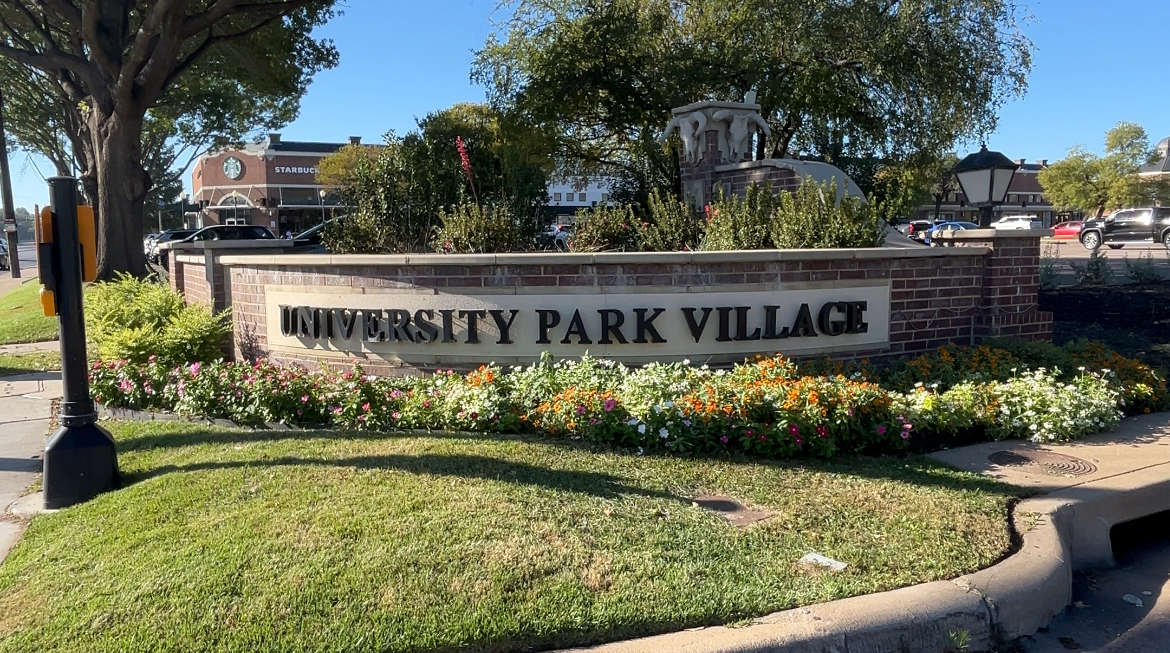Giant balloons hover among trees near a Tanglewood home where migrating birds posed a threat last year.
And this nesting season, birds such as egrets may want to bypass the neighborhood, since some are determined to protect their property and prevent trees from being invaded.
Egrets have flocked to Tanglewood in the past, and some homeowners say the birds create a nuisance and cause property damage. Residents, they say, should not need to carry an umbrella to check their mailbox.
Birds such as yellow-crowned night herons act as scouts, and once they are settled, thousands of other birds could arrive, said Texas Parks and Wildlife biologist Derek Broman.
“It’s really like just something out of a Twilight film,” he said. “The issue is these birds are federally protected.”
To keep the birds from getting cozy, residents are trimming treetops and stockpiling items like air horns, clackers and tennis balls to shoo the birds away, said Fort Worth environmental education specialist Dot Kent.
The bird’s droppings, Kent said, can damage roofs, patio furniture and landscape.
To prevent the birds from nesting, Kent said neighbors can create noise, make scare-eye balloons, which birds might mistake for giant owls, and use tennis balls and tennis racquets to remove old nests.
“Once the birds get here, build a nest, and lay an egg, you can’t touch them. You can’t harass them. You can’t bother them in any way when they nesting,” she said. “It’s a Migratory Treaty Act. It’s for anything that migrates.”
Kent said birds tried to occupy area trees last year, but neighbors tried scaring them off.
“It worked until they just got close to mating season when they needed to get in a tree and build a nest and get busy,” she said.
The City of Fort Worth then brought a propane cannon, which makes a loud noise but does not hurt the birds, to help out, Kent said.
In the end, the neighborhood kept the birds from returning to the area, which had been inundated the previous season, said Tanglewood resident and naturalist Rick Shepherd.
Cattle egrets are the biggest nuisance, Shepherd said, and residents will soon be keeping watch for yellow-crowned night herons.
“They are the first birds that come in,” he said. “Egrets will follow.”
Kent said yellow-crowned night herons could arrive in mid-February.
Some Tanglewood residents want the birds here, and they are fun to watch, Shepherd said. However, it is best the birds do not nest over sensitive property.
“They’re great,” he said. “The problem is when they’re all clustered over your house they are not great at all.”



